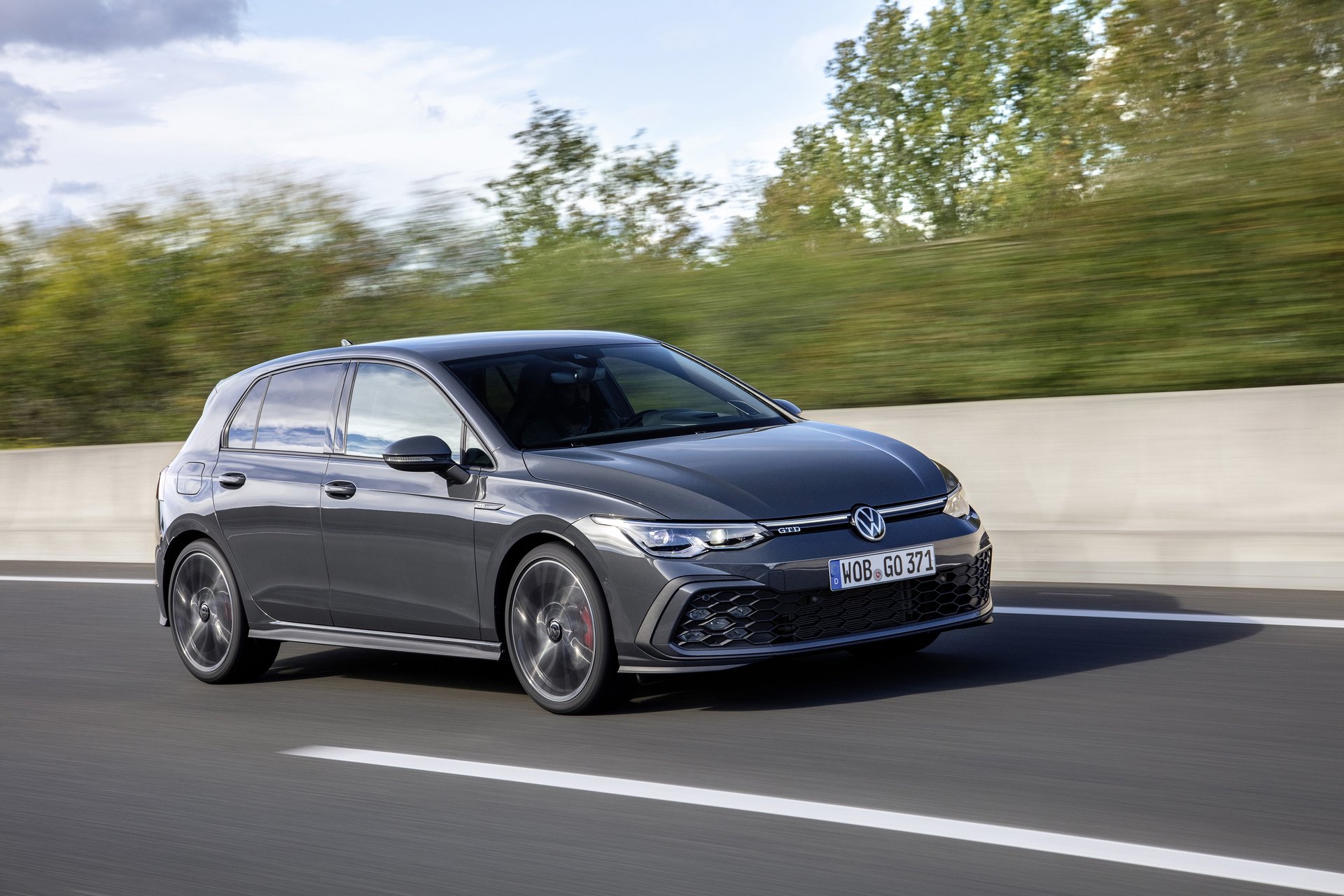Best Cars for Reducing Emissions

International Reducing CO2 Emissions Day falls on 28th January and aims to create awareness of the need to reduce greenhouse gas emissions.
In 1938, Scientist Guy Callendar concluded that an increase in carbon dioxide (CO2) emissions was causing global warming and climate change.
The increase in CO2 has come from human activity, such as the extraction and use of fossil fuels, agriculture and of course, transport. The resulting loss of the ozone layer has manifested in extreme climatic events such as rising sea levels, melting ice glaciers, catastrophic flooding, along with increased drought and devastating wildfires.
When the 2015 Paris Agreement was adopted, 196 countries committed to limiting global warming by reducing greenhouse gas emissions including CO2, the aim being to achieve global climate neutrality by 2050.
We can all help in this process by trying to reduce our personal carbon footprints as much as possible and this extends to the cars we drive.
To mark International Reducing CO2 Emissions Day, and if you're planning to change cars, try to opt for the lowest emission car you can. To help, we've listed some of the new cars currently available that put out the least CO2 through their tailpipes. Electric cars have been omitted because they are inherently zero emission – and have no tailpipes!
Plug-In Hybrids
Plug-in Hybrids have a huge advantage over regular and mild hybrids in terms of both fuel economy and substantially reduced emissions. However, that largely depends on how you use them.
Drive a plug-in as a regular hybrid, i.e. just fill it up at the pumps and let the ICE (internal combustion engine) charge the batteries, and you’ll see little, if any, benefit.
Ideally, connect them up to home EV chargers if you can. Most plug-in hybrids will provide between 30-50 miles of electric only range. On average drivers in the UK do about 20 miles per day. Essentially, you’ll be driving an electric car and not putting out any emissions at all for the majority of your time behind the wheel.
Meanwhile the ICE unit is there to enable longer journeys when required, without having to worry about EV range anxiety.
Here’s some of the lowest emitting plug-in hybrids currently available.
1. Toyota RAV4 2.5 (306bhp) & Suzuki Across 2.5 (306bhp) - 22g/km of CO2
2. Kia Niro 1.6 180bhp – 22g/km
3. Mercedes GLE 350 2.0 320bhp (Diesel) – 23g/km
4. Skoda Superb Estate 1.4 218bhp - 24g/km
5. Volkswagen Golf 8 GTE 1.4 TSI 245bhp - 27g/km
Hybrids
Hybrids, and to a lesser extent, mild hybrids, are the next least emissions-producing type of cars. This results from the fact they can either run on electric-only power for short distances and/or period of time or, in the case of mild hybrids, utilise electric assistance to lessen the load on combustion engines, hence reducing emissions and improving fuel economy.
Some manufacturers have moved almost entirely to hybrid-only offerings such as Toyota, Honda and Suzuki. Listed below are some of lowest emission full hybrids to consider.
1. Toyota Corolla 1.8 120bhp - 83g/km
2. Mazda 2 1.5 90bhp - 87g/km
3. Toyota Yaris 1.5 116bhp - 92g/km
4. Renault Clio E-Tech 1.6 145 - 99g/km
5. Honda Jazz 1.5 97bhp - 102g/km
Petrol
The latest petrol-powered cars are more efficient than ever, due to improved engineering and engine management technologies.
Many manufacturers have also introduced mild hybrid systems which involve limited assistance that normally aid in improving traffic-light start-stop systems, and help boost acceleration and performance.
Mild hybrids, however, never drive in a fully electric mode, which is why they are included in here.
1. Mazda 2 1.5 E-Skyactive G 90bhp Mild Hybrid – 107g/km
2. Toyota Aygo X 1.0 72bhp – 109g/km
3. Kia Picanto 1.0DPi 66bhp – 110g/km
4. Suzuki Ignis 1.2 Dualjet 83bhp Mild Hybrid – 112g/km
5. Volkswagen Up! 1.0 65bhp – 116
Diesel
And finally, to the dreaded diesels, which is a somewhat undeserved adjective, because while diesels have fallen out of favour with buyers, they are cleaner and more efficient than they’ve ever been.
In fact, the very latest Euro 6d-Temp diesels are actually able to absorb particulate matter (PM) from the air. Which is to say, in some cases what’s coming out of the tailpipe is cleaner than what’s going into the engine!
Nonetheless most manufacturers are withdrawing their diesel offerings, and there are fewer and fewer options now available. Admittedly CO2 emissions are still slightly higher on average than the petrol equivalents.
Even so, if you tend to do very high mileages (well over 15,000 miles per year) then they are still worth contemplating for the fuel cost savings they could potentially bring you.
1. Volkswagen Golf 2.0 TDI 115bhp – 110g/km
2. Peugeot 208 1.5L Blue HDi 100bhp – 110g/km
3. Seat Leon 2.0 TDI 115bhp – 112g/km
4. Vauxhall Astra 1.5 Turbo 130bhp – 113g/km
5. Audi A3 35 TDI 2.0 150bhp – 119g/km
Related reading:
https://www.motoreasy.com/magazine/606/Looking-for-Vegan-Friendly-Cars-in-Veganuary
https://www.motoreasy.com/magazine/605/The-Road-Ahead-in-2023-MotorEasy-Outlook








